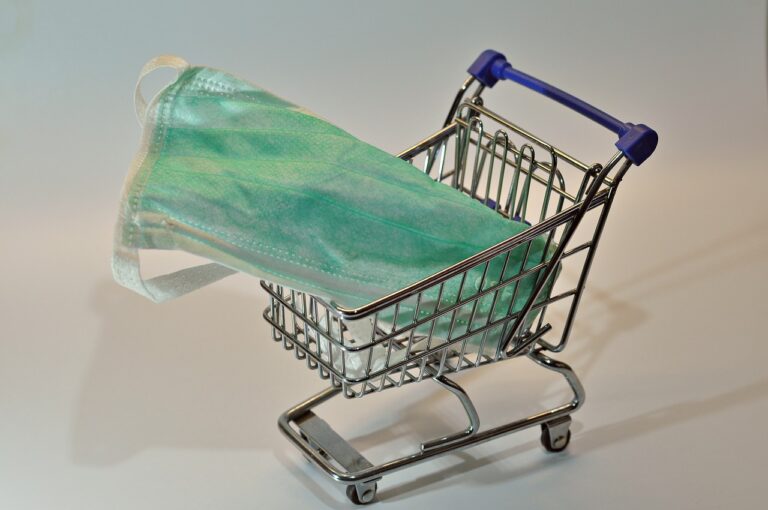Exploring the Future of Drone Delivery in the Retail Industry
Drone delivery is revolutionizing the way goods are transported, offering a range of benefits that could reshape the future of retail and logistics. One major advantage is the speed of delivery. Drones can significantly cut down delivery times, offering same-day or even same-hour delivery options, which can greatly improve customer satisfaction and convenience.
In addition to speed, drone delivery also has the potential to reduce transportation costs and lower carbon emissions. By using drones for deliveries, companies can bypass traditional transportation methods like trucks or vans, leading to cost savings in fuel and labor. This shift to aerial delivery can also contribute to a more environmentally friendly approach to logistics, which is crucial in today’s environmentally-conscious society.
Drones can significantly cut down delivery times, offering same-day or even same-hour delivery options
Drone delivery has the potential to reduce transportation costs and lower carbon emissions
By using drones for deliveries, companies can bypass traditional transportation methods like trucks or vans
This shift to aerial delivery can contribute to a more environmentally friendly approach to logistics
Challenges Facing Drone Delivery in Retail
One of the primary challenges facing drone delivery in retail is the issue of regulatory compliance. Many countries have strict regulations regarding the use of drones for commercial purposes, including delivery services. Navigating through these regulations can be time-consuming and costly for retailers looking to implement drone delivery into their operations.
Another key challenge is related to logistics and infrastructure. Drones have limited carrying capacities and range, which can be problematic when it comes to delivering larger or heavier items. Additionally, setting up landing and takeoff zones, as well as ensuring the safety and security of the delivery process, present logistical hurdles for retailers interested in adopting drone delivery services.
Current State of Drone Delivery Technology
Drone delivery technology has significantly advanced in recent years, with major players like Amazon, UPS, and Alphabet’s Wing launching pilot programs. These drones are equipped with precision GPS, collision avoidance systems, and advanced cameras for efficient navigation and delivery. They can carry payloads of up to several pounds and travel distances of several miles, making them suitable for last-mile deliveries.
One of the main challenges facing drone delivery technology is the implementation of regulations and policies to ensure safe and efficient operations. Governments worldwide are working on establishing rules for drone flights, including issues such as flight paths, privacy concerns, and air traffic management. Additionally, integrating drones into existing delivery systems and infrastructure poses logistical challenges that need to be addressed for widespread adoption.
What are some potential benefits of drone delivery?
Some potential benefits of drone delivery include faster delivery times, reduced delivery costs, and the ability to reach remote or hard-to-access locations.
What are some challenges facing drone delivery in retail?
Some challenges facing drone delivery in retail include regulatory restrictions, limited payload capacity, and concerns about safety and privacy.
What is the current state of drone delivery technology?
The current state of drone delivery technology is rapidly evolving, with companies testing and implementing drone delivery services in various industries. However, there are still challenges to overcome before widespread adoption can occur.







